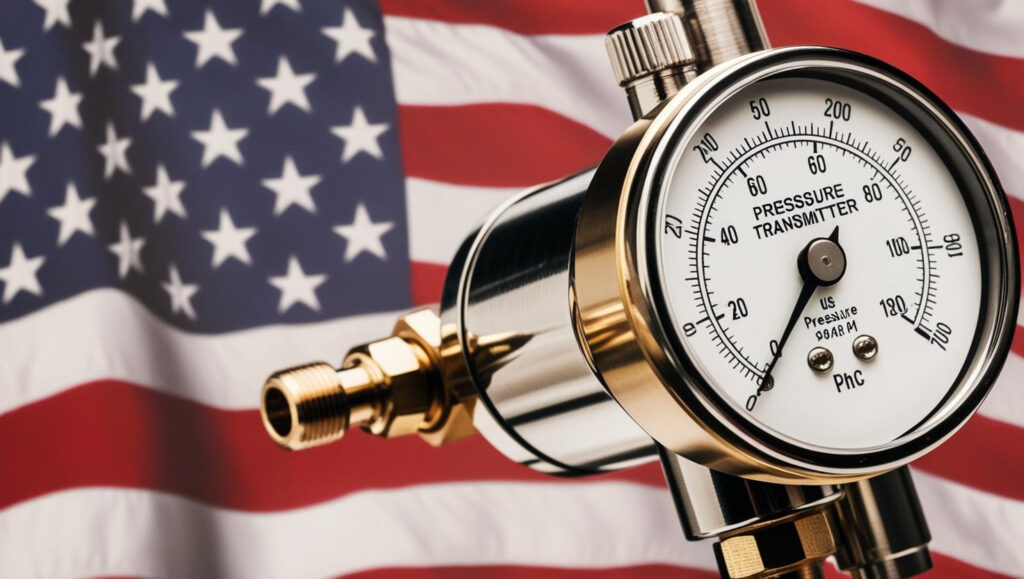The global pressure transmitter market a cornerstone of industrial automation, oil and gas, and process control industries is under increasing strain due to the evolving landscape of U.S. trade policy. As the United States continues to implement and adjust tariffs on imported goods, the pressure transmitter segment is feeling the heat. From rising production costs to supply chain reconfigurations, these tariffs are more than a geopolitical lever they’re a market disruptor.
The Role of Pressure Transmitters in Industry
Pressure transmitters are essential devices used to measure fluid pressure in a range of applications, including energy production, water treatment, food processing, and chemical manufacturing. They are vital for safety, efficiency, and regulatory compliance across industries.
Over the past decade, the pressure transmitter market has experienced steady growth, driven by industrial modernization and the increasing demand for automation. However, the introduction of tariffs particularly on Chinese-made industrial equipment and electronic components has added complexity to this growth trajectory.

Request US Tariff Impact Analysis Now @ https://www.marketsandmarkets.com/forms/ctaTariffImpact.asp?id=937
The Tariff Effect: Direct and Indirect Impacts
1. Increased Import Costs
With the imposition of tariffs on Chinese-made sensors, semiconductors, and electronic assemblies, the cost of importing pressure transmitter components has significantly increased. Many U.S.-based manufacturers and integrators rely heavily on Chinese suppliers for cost-effective components. As these costs rise, companies are forced to absorb the losses or pass them on to end users—impacting pricing competitiveness and profit margins.
2. Supply Chain Disruptions
Tariffs have accelerated the need to diversify supply chains. Manufacturers are actively seeking alternatives in Southeast Asia, Mexico, and even within the U.S. While this diversification helps reduce dependence on China, it also introduces challenges such as longer lead times, quality inconsistencies, and additional logistics costs.
3. Delayed Innovation
R&D departments are not immune to tariff-induced pressure. With budgets constrained by higher procurement costs, investments in innovation and digital transformation of pressure transmitters such as the development of wireless and IIoT-compatible models are being delayed or scaled down.
Strategic Response from Industry Players
Leading pressure transmitter manufacturers, including Emerson Electric, Honeywell, Yokogawa, and Siemens, have adopted various strategies to mitigate tariff impacts:
- Localizing production in North America to reduce dependency on imports.
- Redesigning product platforms to use tariff-exempt components.
- Negotiating long-term contracts with alternative suppliers in low-tariff regions.
- Implementing price adjustments and cost-saving initiatives throughout the value chain.
Market Outlook: Resilience in Transition
Despite short-term turbulence, the long-term outlook for the pressure transmitter market remains cautiously optimistic. The push for smart manufacturing, energy efficiency, and predictive maintenance technologies will continue to fuel demand. However, future growth will depend heavily on how quickly companies can adapt to trade volatility and supply chain recalibration.
Government support for domestic manufacturing through incentives or reshoring policies could also play a pivotal role in reducing tariff reliance and rebuilding industrial resilience.